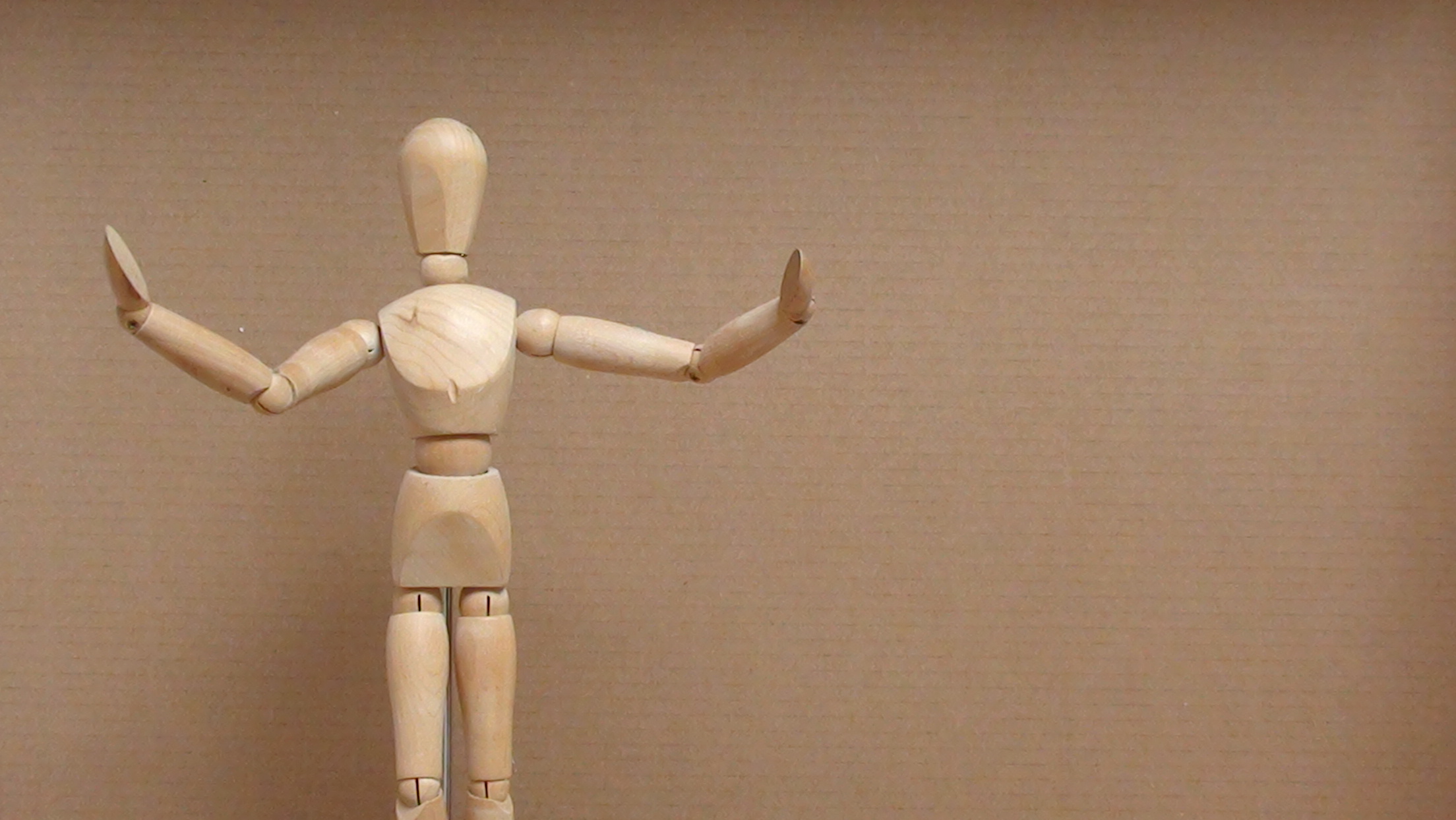
Theatrical narratives in photographs are more a technique of analysing images rather than any method of taking them. However, understanding the underlying connotations of images can enable greater planning when setting up a studio shoot or when considering how to crop and frame a scene you are looking to capture on film. When we look at a photo, we are
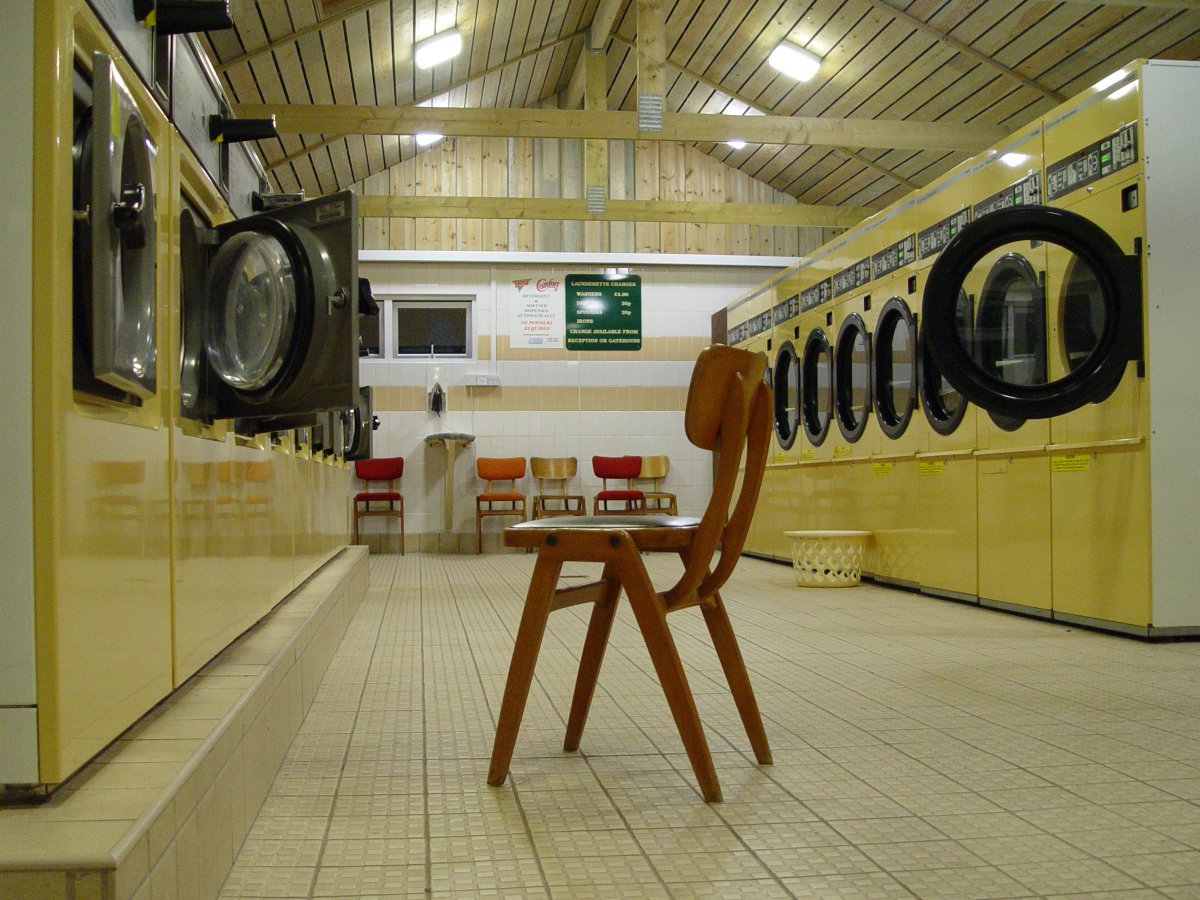
Everyday, people take photos by pointing their camera at something interesting and clicking the shutter. Often, these photos do not turn out as interesting as the scene that was before them. What makes a photo interesting is showing someone something they do not normally see. This can be achieved through subject matter, through treatment or, ideally, through both. You can
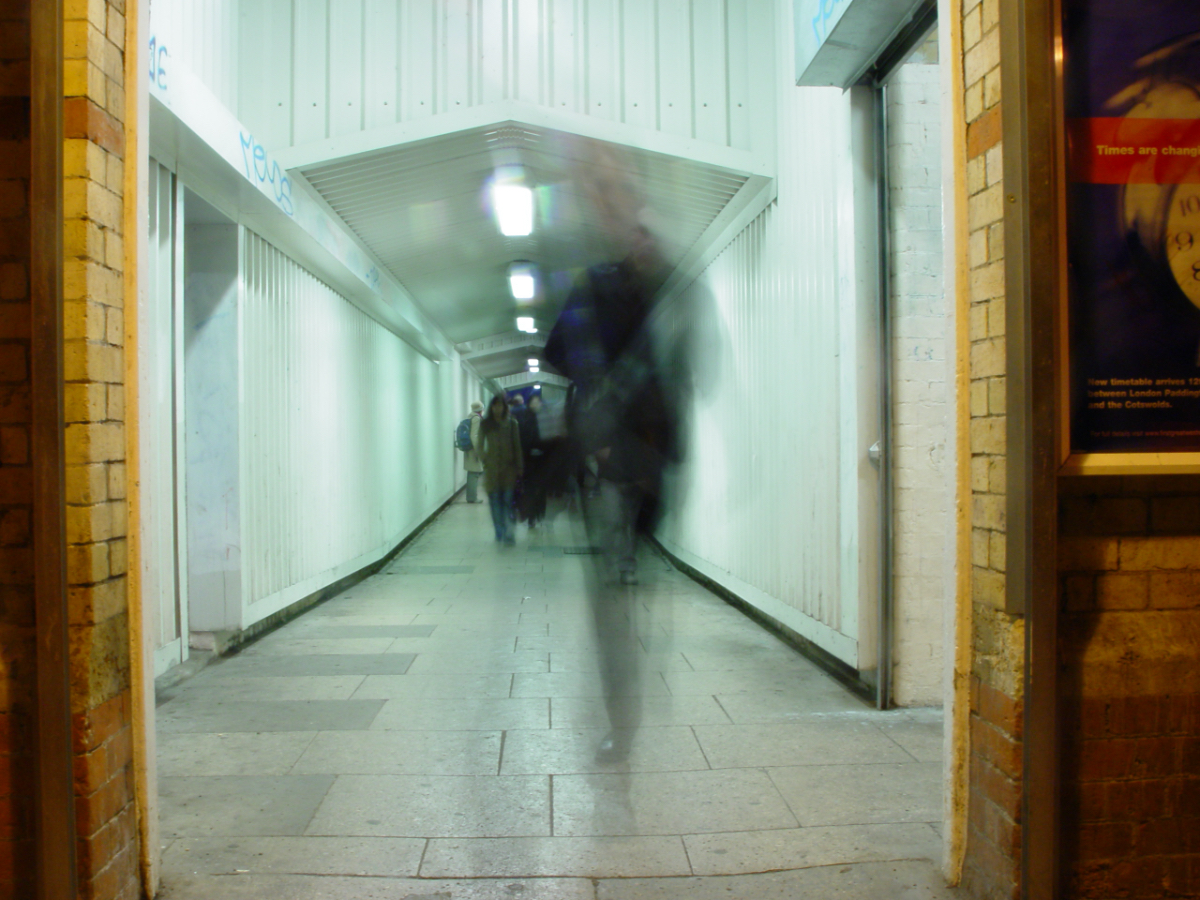
Basically, there are three things to consider when composing a shot. The subject, the context and noise. 01 The subject The person, object or view that you are attempting to capture. 02 The context Anything else around the subject that is relevant to it and enhances the message of the picture. 03 Noise Anything around the subject that is irrelevant.
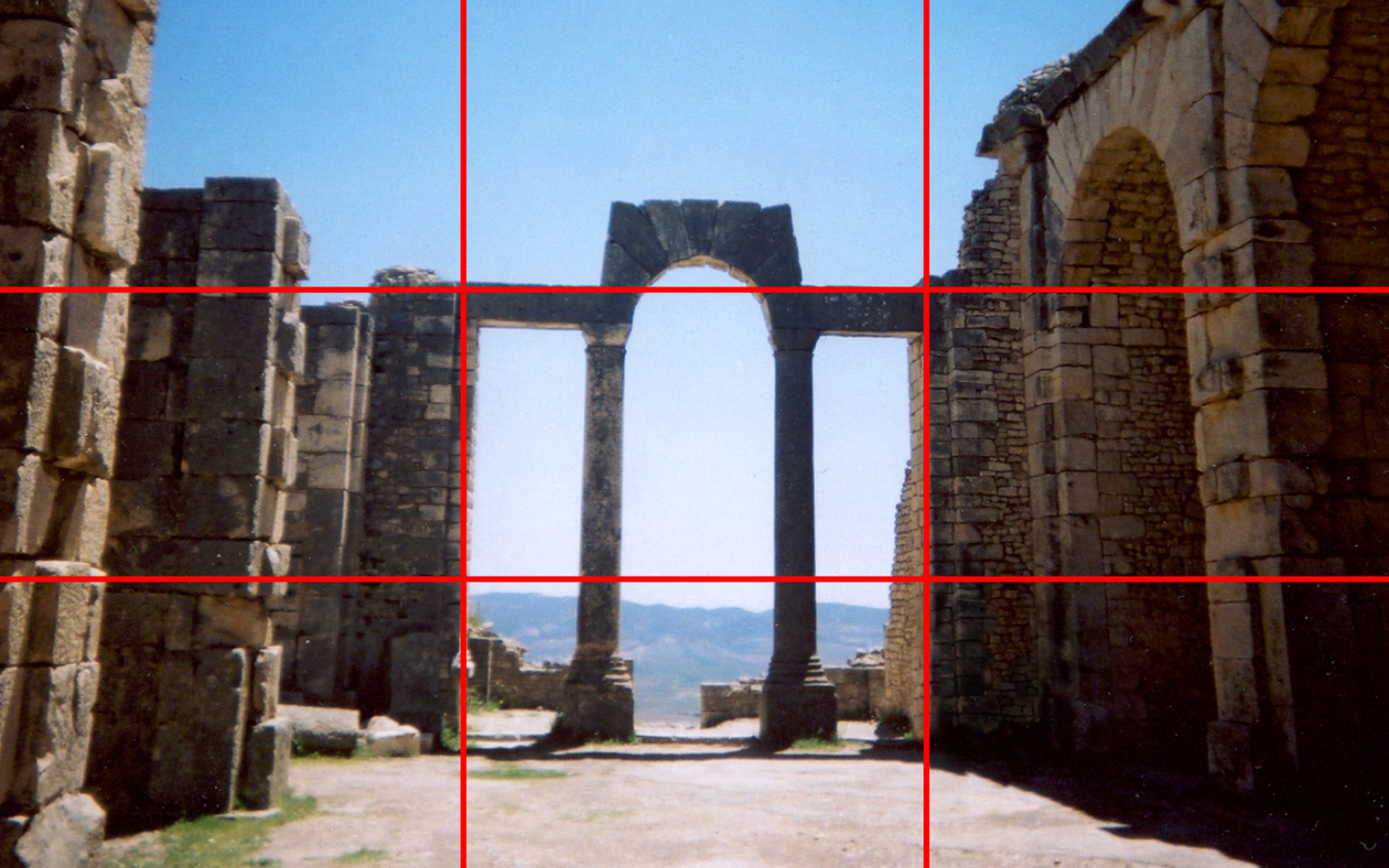
THE DEBATE One of the long-standing rules of photography, the rule of thirds, has become a contentious issue in some quarters, dividing opinion into two halves. On the whole it is widely accepted as being a recognised aesthetic principle, yet recently some photographers have ventured forth with the opinion that the rule of thirds has become a stifling rut. The
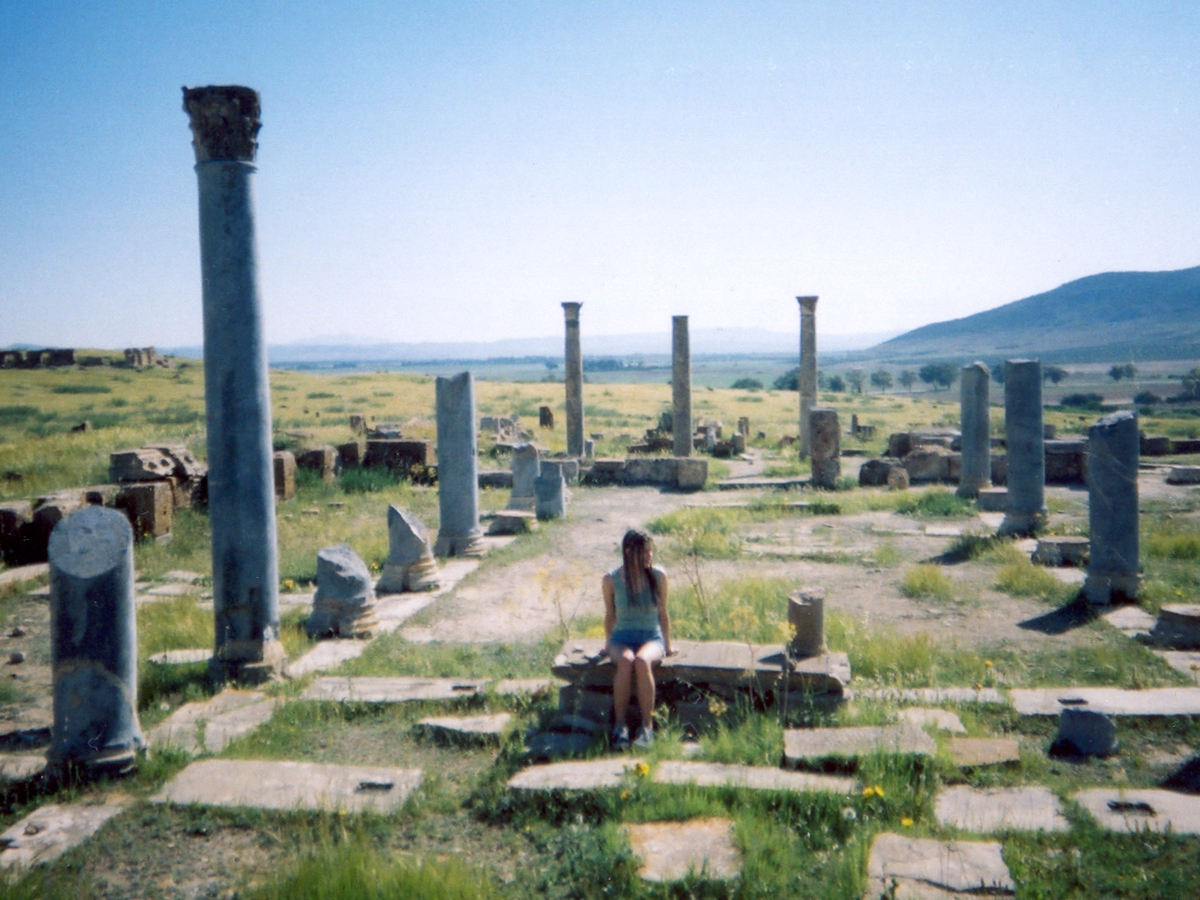
Photography is all about creativity and individuality, but there are a number of foundational pillars that need to be taken into consideration whenever you set up a shot or attempt to capture a scene. 1. Colour 2. Lighting and Tone 3. Scope and Scale 4. Framing 5. Depth and Perspective 6. Balance and Weighting 7. Pattern and Symmetry 8. Focus

This is based on a posting made on Flickr. I uploaded this image under the title 'Rule of Thirds? Eat my shorts!' Paul Jerry then posed the question as to whether I was claiming this image does not conform to the rule of thirds. When I was preparing this image in Photoshop, it started out as a definite 'rule of
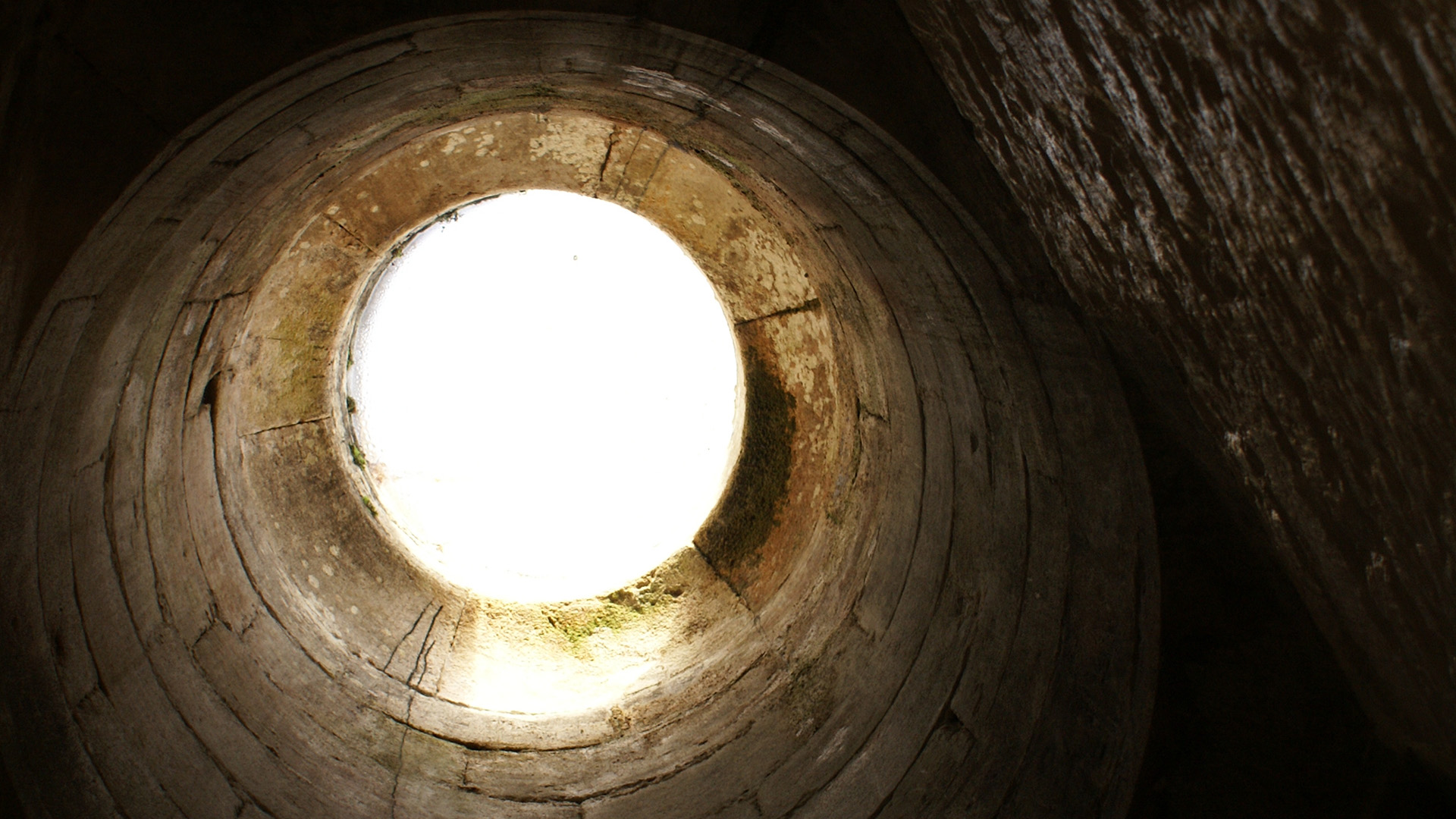
We have all stood before them and faced their challenge. Mainly in black and white. Whether we were browsing a real ‘bricks and mortar’ art gallery or wandering round the pages of an online photography site, we have probably found ourselves debating the meaning with a companion or within ourselves. And when we look for a title to seek the
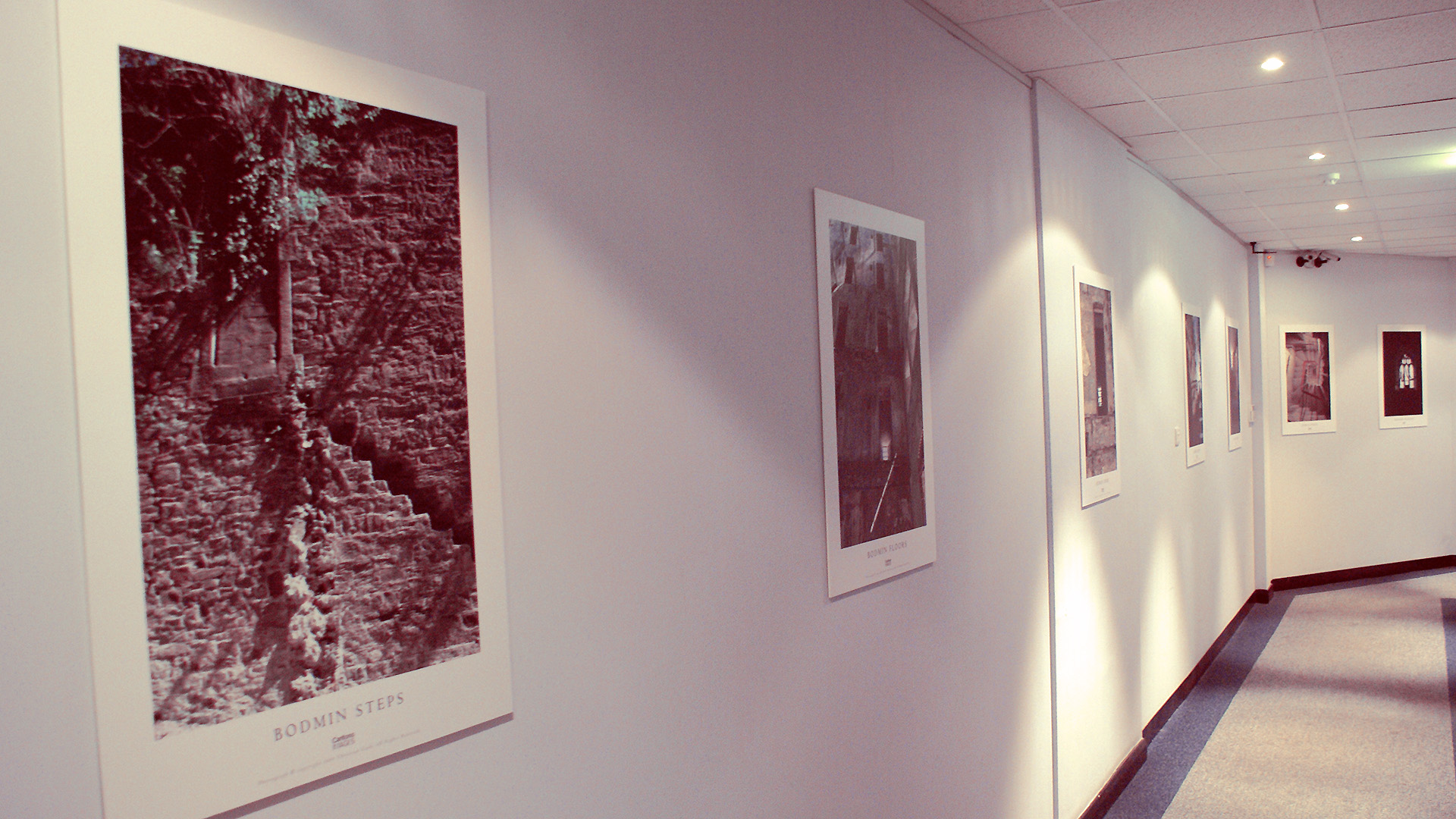
How to hang and align pictures is a set of guidelines based on aesthetics to give a foundational understanding of the best rules to adhere to when hanging and aligning pictures on a wall. The rules are there to be broken, so where you disagree, you may obviously do your own thing, but these are a nice set of failsafe
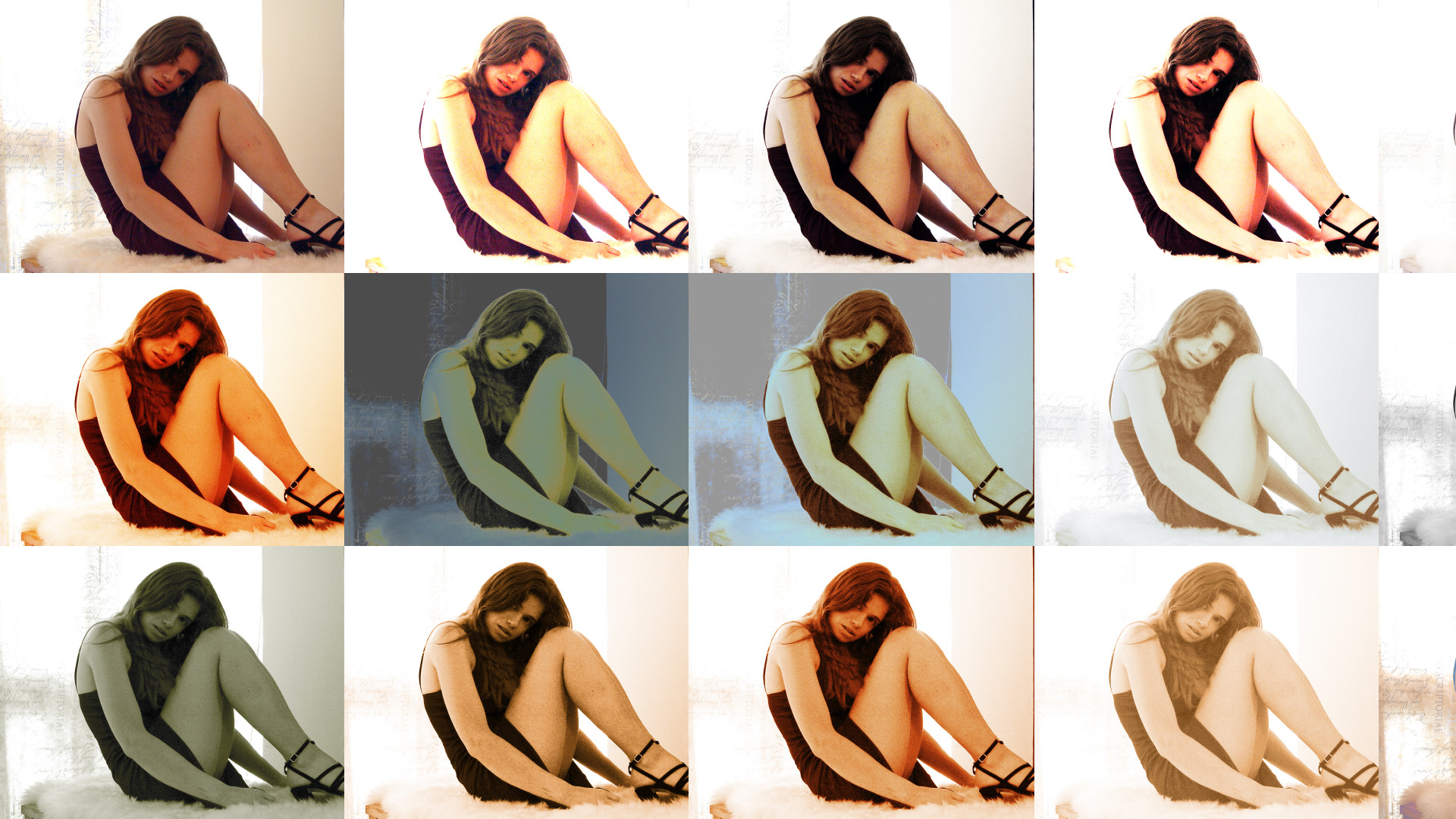
[NOTE: This tutorial was written in 2005, but is still useful now. I have updated the Photoshop dialogue image and keyboard commands to reflect Photoshop CC] Here's a tutorial to show how to produce a batch of stylised images from the one photograph in Adobe Photoshop. Firstly, copy and paste or duplicate the image and flood fill the lower layer